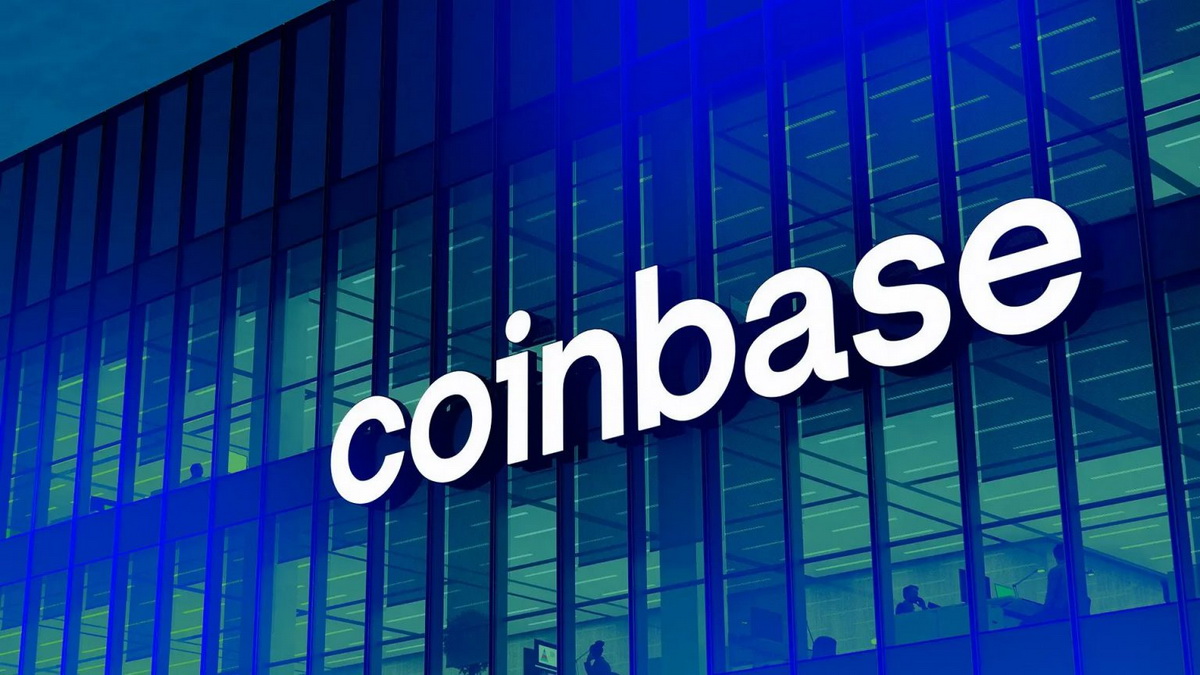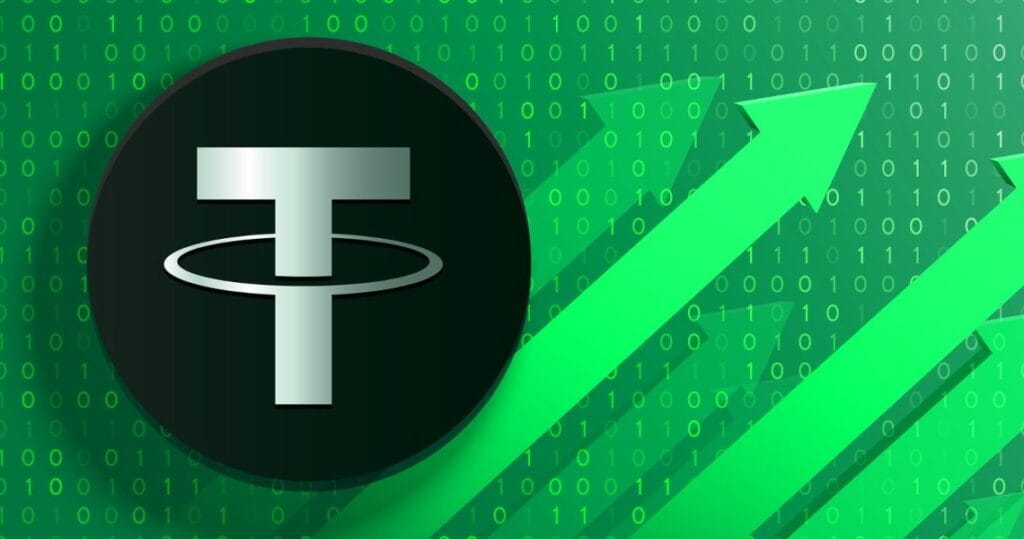Starting September 1, 2025, Tether will stop supporting the USDT stablecoin on five blockchains: Omni, Bitcoin Cash SLP, Kusama, EOS, and Algorand. This decision is due to declining demand for these networks and their outdated infrastructure. Tether CEO Paolo Ardoino emphasized that the company will focus on those platforms that are in demand by the community and meet modern technological requirements.
The abandonment of these networks is not a spontaneous step. Back in August 2023, Tether announced the end of USDT issuance on Omni, Kusama, and Bitcoin Cash SLP, and in June 2024 — on EOS and Algorand. Now the company is completely ending support for these blockchains, closing operational activity on them.
Focus on resilient and modern networks
Tether recommends users to transfer their USDT tokens to actively supported blockchains such as Ethereum and Tron. These networks provide deep liquidity, broad compatibility with DeFi applications, and are considered more stable in terms of infrastructure and demand.
This approach is in line with the general trend in the crypto industry to focus on developing safer and more efficient solutions. It also helps simplify the USDT architecture and reduce operational risks.
Financial stability and asset collateral
In addition to technical changes, Tether continues to strengthen its liquidity. It was recently revealed that the company stores 80 tons of gold worth about $8 billion in a Swiss vault. This asset serves as additional collateral for USDT and demonstrates a serious approach to the sustainability of the stablecoin.
Thus, Tether relies on quality and reliability, adapting to the rapidly changing conditions of the crypto market.

The SEC will cancel inspections of crypto companies in 2026.

New FSA rules for cryptocurrencies in Japan

Finland implements new cryptocurrency reporting standard



